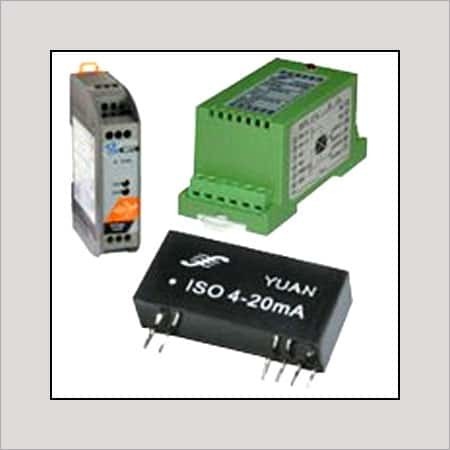

There are many designs using this chip and some worse than others, but this is why they use only one LED with two PD's The LED will have an emission of X mW/mA and the the PD's have a reverse bias sensitivity of Y mA/mW with some current loss ratio loss k.


The non-linearity can be corrected with error correction using negative feedback with dual detectors. The Photo Diodes (PD) are very consistent and linear but LEDs and Phototransistors are not very linear and have a wide tolerance. Optoisolators do a great job of isolating kV, DC and AC.

You will need to choose the RC time constant and PWM frequency based on what bandwidth you require in your analog signal. If you swap the the opto output with R4 it no longer inverts. There just weren't more ground symbols to choose from and Vopto and Vref should also be isolated.Īlso note that this displayed configuration inverts the duty cycle. Therefore the leftmost GND in the above schematic is a separate ground from the others. Note that for maximum effect the power supplies also need to be isolated otherwise it just provides a sneak path for whatever it is you're trying to isolate to travel between systems. You probably also want a tightly regulated voltage supply or voltage reference powering this since that will directly influence the accuracy of the analog output. If you can transmit in digital and receive in analog then I recommend placing a low-pass RC filter and buffer at the VFD to serve as a simple PWM DAC and transmitting a PWM signal to it through an opto. This won't provide isolation for safety though since there is no isolation. "current-to-voltage converter" at the VFD (which is just a resistor of the appropriate value). You can transmit current-to-current or current-to-voltage by using a If you need isolation for signal integrity, and not safety reasons, and need to both transmit and receive in analog but it does not need to be voltage, consider using current signals. But you don't have much choice if you must transmit and receive in analog voltage. You really don't want to be dealing with linear opto circuits as a newbie (I haven't really been able to understand them either). There are linear optos and what sets them apart is they have two matched photodiodes so you can use the other for feedback to achieve linearization. Even pre-packaged analog isolators are kind of ungainly not to mention rare and expensive. If you're looking for one of those you won't find one. Isolating analog signals is a pain so know that there aren't really simple neat and tidy solutions.
#Signal isolator for dc drive how to
(In my case specifically, there are 2 types of optocouplers available at my uni so would like to know how to select one rather than a specific recommendation).Īlso, I know there may be other, simpler ways to achieve my purpose of signal isolation for my VFD control, but I am interested regardless in the answer to this question using optocouplers I was hoping for a detailed explanation for someone who is a novice in circuitry that could explain how to set up this circuit ideally with non specialized optocouplers, or if specialized optocouplers are required, how to evaluate a specific optocoupler for its appropriateness. I understand that optocouplers can be used to transmit digital signals as well as current across the optocoupler which may in some applications be leveraged to isolate an analog voltage signal if you set up the circuit correctly to convert and pass current rather than voltage. One is a 0-5V analog voltage signal that give the VFD its set point. I am trying to isolate control signals that are used to remotely operate a variable frequency drive.


 0 kommentar(er)
0 kommentar(er)
